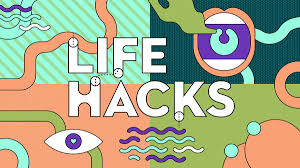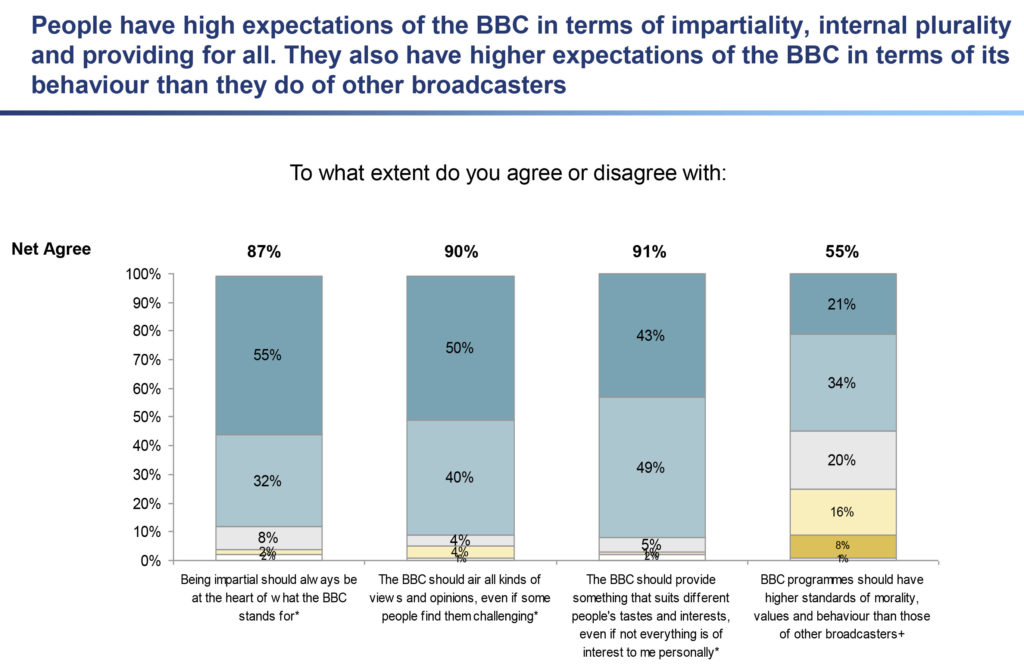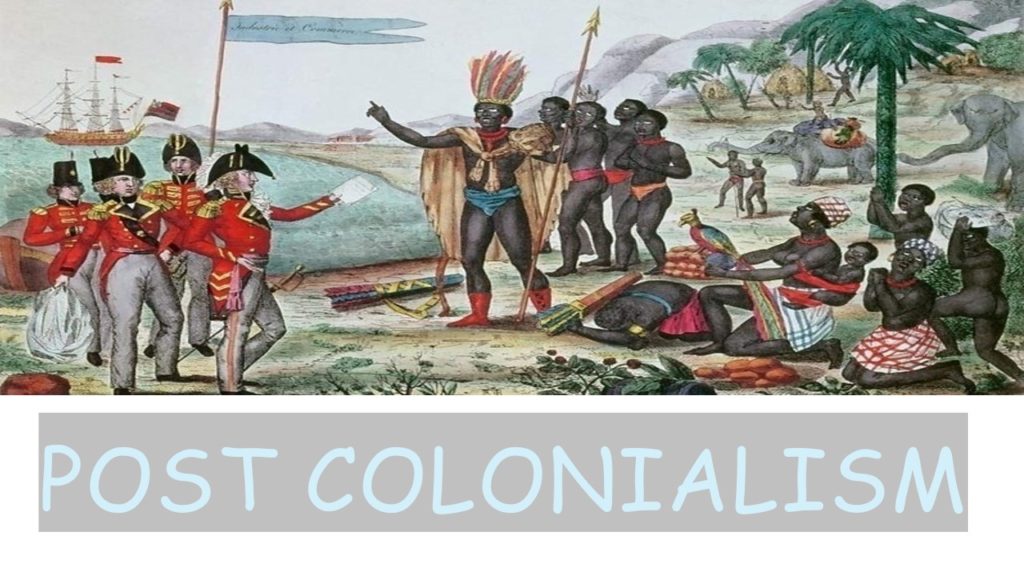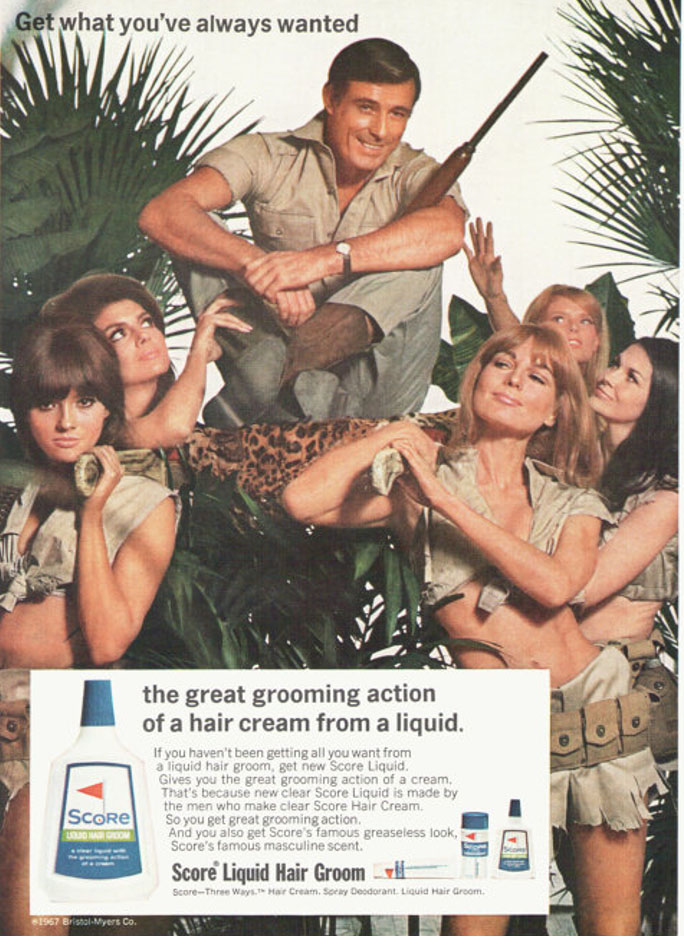












https://www.bbc.co.uk/programmes/b09c189d You will need to listen to excerpts from the broadcast but the focus will be considering industry matters and audience response

This is a Targeted Close Study product for which you will need to focus on the following areas of the Theoretical Framework:
Media Industries
Media Audiences
You will need to listen to excerpts from the broadcast but the focus will be considering industry matters and audience response.
Life Hacks is an example of a transitional media product which reflects changes in the contemporary media landscape (it is the replacement for a previous, similar programme, The Surgery). Life Hacks is both a traditional radio programme with a regular, scheduled broadcast time, but is also available online after broadcast for streaming and downloading. The broadcast itself and the accompanying website provides opportunities for audience interaction, which is central to the programme’s address to its audience. Life Hacks also exemplifies the challenges facing the institution as a public service broadcaster that needs to appeal to a youth audience within a competitive media landscape.

https://yougov.co.uk/topics/politics/articles-reports/2019/12/16/do-britons-trust-press
https://www.opendemocracy.net/en/ourbeeb/if-dissensus-is-new-normal-in-britain-we-need-new-media/
Media Industries
• Life Hacks is a Radio 1 product and therefore has a public service status as part of the BBC.
• Identification of funding for Radio 1 through the license fee, concept of a hypothecated tax.
• Issues around the role of a public service broadcaster – how does Life Hacks reflect the need to represent the nation. Arguments over the need for addressing a youth audience
already catered for commercially.
• Consider the programme as distinctive in its public service remit.
• The influence of new technology on media industries – Life Hacks as multi – platform media product.
Media Audiences
Life Hacks is reflective of the way the industry targets niche audiences and provides an opportunity to consider industry regulation and the availability of new technology shapes audience targeting and response.
• What techniques does the broadcast use to target a youth audience?
• Consider the way that external factors – such as demographics and psychographics – are likely to also affect audience response and produce differing interpretations
• Consider the opportunities for audience interaction and self-representation
• cultivation theory including Gerbner
• reception theory including Stuart Hall and Clay Shirky‘s theory around ‘the end of audience’
Social and cultural contexts
Life Hacks reflects an acceptance of diversity and a degree of openness in contemporary culture around personal, social and identity issues.
Deutschland 83 and Capital

Capital:
Kudos TV Productions —> Roger Yount —> audience
Deutschland 83:
BBC —>Martin Rauch —-> audience
– As Martin Moore suggests, ‘people’s political views are not, as contemporaries thought, much changed by what they read or heard in the media. Voters were far more influenced by their friends, their families and their colleagues’ (2019:124).
Uses and Gratifications Theory

Uses/Gratifications of Deutschland 83 and Capital
– Knowledge about the World
– Enjoyment through watching a TV programme
– Escapism from the daily grind of work and life
Maslow’s Hierarchy of Needs

Audience Theories
– A socio-economic classification developed by the NRS (National
Readership Survey)
– Approximated Social Grade of six categories A, B, C1, C2, D and E.
– It applies to every Household Reference Persons (HRP) aged 16 to 64.
– A discriminatory tool for media consumption and purchasing power in general.
– Based on employment status, qualifications, residence and working full time, part time or not working.
Young and Rubicam’s Physiographic Descriptors:
The Explorer – motivated by the need for discovery.
The Resigned – motivated by survival needs.
The Aspirer – motivated by esteem/status needs.
The Mainstreamer – motivated by belonging needs.
The Reformer – motivated by enlightenment needs.
The Succeeder – motivated by the need for control.
The Struggler – motivated by escapism need
– It can be argued that Deutschland 83 and Capital are aimed at people who are Explorers and Strugglers because the audience will resort to achieving the needs of escapism by watching the programmes.
– It can also be seen that for English Audiences, Deutschland 83 satisfies the needs of the Explorer , as the get to learn more about a foreign country through watching a TV programme set in that country. Similarly, the Explorer can be applied to international audiences who watch Capital, as they may watch it to explore more about England.
Blumler and Katz
– Blumler and Katz identified 4 needs of why people might consume media:
– 1. Surveillance = give information at what is going on around the world.
– 2. = Personal relationships = allows us to become sociable with each other and openly discuss conversations and possibly create debates
– 3. = Diversion – media acts as a source of escapism and relief from the pressures of everyday life.
– 4. = Personal identity = audiences can compare their own life and the situations of characters in the programme, which will help the audience to explore their individual problems.
– For example, Deutschland 83 is set during the War in Germany, so it can visually show the audience what life was like during the war.
– Both programmes can be used a source of enjoyment and escapism from the daily grind of life and pressures you face in life.
– The story lines of these programmes are very dramatic in order to gain audience attraction and people will be open to talk about the programmes, the plot and their personal opinions on events in the programme and different characters.
The Cultivation Theory
– A theory established by George Gurbner
– Quote = ‘television’s major cultural function is to stabilize social patterns and to cultivate resistance to change‘ (1978: 115)
– They suggest that ‘television cultivates from infancy the very predispositions and preferences that used to be acquired from other primary sources‘ (Gerbner et al 1986).
– The cultivation theory explores how people act through what media they consume. For example, if a person likes to watch TV shows that include violence, the person may start to become more violent in real life because they are acting like the characters they see on TV.
Deutschland 83 and Capital
Capital:
Media Language:
– A complex mainstream television product in which the codes and conventions of crime drama are intertwined with aspects of social realism
Media representation:
– Capital provides a wide range of representational areas to explore; the family, place, nation, class, ethnicity, race and issues.
– Explore the Steve Neale’s representation theory
– It is within the hybrid genre – drama, social realism and
crime genres
– Representation of place – London and by implication, the nation
– Analysis of how the representations convey values, attitudes and beliefs about the world
Media Industries:
– Capital is a BBC programme
– It fulfils the demand of public service broadcasting
– It has a purpose to ‘inform, educate and entertain’ and could be seen as part of the need to represent different groups, nations and regions.
– Capital is a Kudos production for the BBC, an independent company which also produces
successful programmes for other broadcasters.
– Kudos specialises in TV series which can be sold or remade for the US market, making it
typical of contemporary media institutions which operate globally rather than nationally
Media Audiences:
– The production, distribution and circulation of Capital shows how audiences can be reached, both on a national and global scale, through different media technologies and platforms, moving from the national to transnational through broadcast and digital technologies
– Follows Gerbner’s cultivation theory
– Follows Hall’s reception theory
– The way in which different audience interpretations reflect social, cultural and historical circumstances is evident in the analysis of Capital which is explicitly linked to contemporary issues.
– The advertising campaigns (trailers, websites at home and abroad) for the series demonstrate how media producers target, attract and potentially construct audiences
Deutschland 83:
Narrative:
– How does the use of the narrative conventions of the spy thriller and crime drama – use of enigmas, binary oppositions, restricted and omniscient narration etc. – position the
audience?
– The narrative of Deutschland 83 has been controversial – particularly in Germany -through its use of binary oppositions to contrast East and West Germany
– The role of the hero and effect of audience alignment with Martin Rauch, a Stasi Officer
– The narrative of Deutschland 83 can be defined as postmodern in its self-reflexive style
– Narratology including Todorov
Genre:
– Conventions of the TV series and the way in which this form is used to appeal to
audiences
– Definition of the series as belonging to the spy thriller genre
– Conventions of the period drama and reasons for its popularity
– Analysing the use of specific genres to discuss wider issues in society
– Genre theory including Neale
Media Representations:
– Representation of national and regional identity (East and West Germany (Europe))
– Representation of gender: male hero and spy, the female ‘love interest’ etc., the way
characters signify wider issues in society.
– Analysis of how the representations convey values, attitudes and beliefs about the world –
both contemporary and past.
– Theories of representation including Hall
– Feminist theories including bell hooks and Van Zoonen (role of women)
Media Industries:
– It is a co-production of AMC Networks’ SundanceTV and RTL Television (German and
American), positioning it to exploit the national and global market.
– Bought by C4 in Britain as part of their ‘Walter presents…’
– Cultural industries including Hesmondhalgh
Media Audiences:
– The production, distribution and circulation of Deutschland 83 shows how audiences can be reached, both on a national and global scale, through different media technologies and platforms, moving from the national to transnational through broadcast and digital technologies.
– The way in which different audience interpretations reflect social, cultural and historical circumstances is evident in the analysis of the series which are explicitly linked to contemporary issues.
– The reception of the series in Germany, Europe and the US
– The advertising campaigns (trailers, websites at home and abroad) for the series demonstrate how media producers target, attract and potentially construct audiences.
– Cultivation theory including Gerbner
– Reception theory including Hall
Research
– Commercial media = organisation that makes or distributes products for economic gain. Media is usually made for entertainment purposes
– BBC creates a total revenue of £115 million = https://www.bbc.co.uk/annualreport/2014/executive/finances/commercial.html
– Kudos creates £5m in commercial interest rates = https://en.wikipedia.org/wiki/Kudos_(production_company)
– Horizontal Integration = BBC has horizontal integration with BBC News, BBC radio 1
– Endemol Shine Productions UK bought out and now own Kudos the production company
– Vertical integration = BBC has vertical integration with CBBC, BBC 1, BBC 2, BBC 3 and BBC news
– Media concentration/convergence = describes the reduction in the number of media organisations that produce products
– Media concentration/convergence = Kudos is owned by Endemol Shine Group UK, who are under the News Corp, who are then under Murdoch and his empire.

We are now going to revisit TELEVISION, which directly connects to the CSP text that you studied in the AS year. To make it clear, there is a specific A2 television text that accompanies a specific AS televsion text. So (if) a question comes up in one of the A2 exams about television it will ask you to compare one of 3 pairs. To be absolutely clear: you will need to talk about both of your specific texts BUT you can choose which pair you talk about. So your choice of paired texts are:
Either Capital and Deutschland 83
OR
Witnesses and The Missing
OR
No Offence and The Killing
For more details look at pages 5-19 in the CSP booklet (below): PLEASE LOOK THROUGH THIS BOOKLET.
To ensure that you have all had the opportunity to watch the episodes that you want to study – or for the opportunity to watch all of them (why not?) then I will play them in the first academic week of January over Teams. If this does not work for you then I will provide screening opportunities after school when we return w/c 11th January. Failing that and/or in terms of revision you can access the programmes by following the links, or we have some of the episodes on DVD.
Task 1:
And remember that the key approach is to think about AUDIENCES & INSTITUTIONS in other words,
Task 2:
Extract 5 bullet points that include quotation (that you could use in an essay as support for an argument – think about what the argument would be?)
Q: What is the difference between a consumer based media regulation system and a citizen based regulation system?
Q. What impact did the 2003 Communications Act have on media regulation?
Q. What is the drawback of a self-regulated system?
Q. How do you regulate media content and organisations on a global scale?


Textual Poachers: Television Fans and Participatory Culture
– An article written by Jenkins in 1992
– In the article, he explored the stereotypes held of the Star Wars fans
– The stereotype saw these Star Wars fans as desexualised social misfits who cultivate worthless knowledge, are emotionally immature and find it difficult to distinguish real life from a TV show.
Fans and Fandoms
– Fans are usually stereotyped as being unmentally balanced within media and in fiction, they are presented as being psychopathic.
– Within the media, fans are represented as an “other” because of their “cultural preferences and interpretative practices…must be held at a distance so that the fannish taste does not pollute sanctioned culture”
– In reference to Bourdieu, Jenkins identified that fan culture is seen as distasteful because it values pop cultural artifacts over more traditional signifiers within the culture capital
– Many beliefs about fan culture is that they are symptomatic around our anxiety of the issues that “violate dominant cultural hierarchies”
– Fan cultures challenges cultural hierarchies because they possess cultural capital and they come from middle class educated backgrounds
– Dr Who is an example of a Tv programme that has an active fan community that goes back many decades.
Participatory Cultures
– In the book, Participatory Culture in a Networked Era (2016), Jenkins worked with Boyd and Ito to explore the key ideas that are active within participatory culture.
– Jenkins saw participatory culture as one:
1. With relatively low barriers to artistic expression and civic engagement.
2. With strong support for creating and sharing one’s creations with others
3. With some type of informal mentorship whereby what is known by the most experienced is passed along to novices
4. Where members believe that their contributions matter
5. Where members feel some degree of social connection with one another (at the least they care what other people think about what they have created). Not every member must contribute, but all must believe they are free to contribute when ready and that what they contribute will be appropriately valued
– In 1993, Jenkins first used the term participatory culture and defined it as “describing the dynamics between fan, producer and text and their relationships with other fans“
Quotations to refer to:
– Fans possess not simply borrowed remnants snatched from mass culture, but their own culture built from the semiotic raw materials the media provides
– Can meaningful participation take place when the nature of contributions is controlled by big media and technology businesses? = (Participatory Culture in a Networked Era, 2016)
– Is participation exploration where clicks generate not only access to content, but generate money for advertisers? = = (Participatory Culture in a Networked Era, 2016)
Video Links to refer to…
Theorists located within the Textbook:
– bell hooks = p54-55
– Clay Shirky = p95-98
– David Gauntlett = p81-84
– Edward Said = p63-64
– Henry Jenkins = p91-93
– Jean Baudrillard = p27-31
– Judith Butler = p51-52 and p55-56
– Liesbet Van Zoonen = p51-54 and p63-64
– Paul Gilroy = p61-64
– Claude Levi-Strauss = p13-14
– Dan Gilmour = p95
– Stuart Hall = p32-33
– John Fiske = p 88-90
– Stanley Cohen = p74-76
– Noam Chomsky = p23
– Richard Dyer = p43-46
– Bill Nicholas = p39-40
– Tzvetan Todorov = p8-10
– Graeme Turner = p38-39
– Pierre Bourdieu = p84-85 and p90-91
– Roland Barthes = p9-10 and p13-14
– Christine Gledhill = p41
– Lawrence Cahoone = p25









This is a targeted CSP and needs to be studied with reference to two elements of the Theoretical Framework (MEDIA LANGUAGE and MEDIA REPRESENTATION) and all relevant contexts.
TASK 1: look at the CSP below and use some of the starting points provided to make your first post. Make this post broad and contextual (ie get as much information as you can) but divide up your responses in terms of: 1) MEDIA LANGUAGE & 2) MEDIA REPRESENTATION

Detailed study of Score should enable students to develop an understanding of the dynamic and changing relationships between media forms, products and audiences. Analysis should include:
Discussion of the Score advertisement will focus mainly on representation of gender including
The Score hair cream advert is an historical artefact from 1967, as such it can be examined productively by considering its historical, social and cultural contexts, particularly as it relates to gender roles, sexuality and the historical context of advertising techniques. 1967 can be seen as a period of slow transformation in western cultures with legislation about and changing attitudes to the role of women – and men – in society, something that the advert can be seen to negotiate.
Produced in the year of decriminilasiation of homosexuality the representation of heterosexuality could be read as signaling more anxiety than might first appear. The reference to colonialist values can also be linked to social and cultural contexts of the ending of Empire (see this link).
In comparison, Men’s Health magazine represents a notable social and cultural shift in expectations of contemporary masculinity (a shift which could be usefully compared with the advert for Score Hair cream). The study of Men’s Health can be linked to social and cultural contexts through reference to body image and changes in what society deems acceptable and unacceptable representations.
http://areejsmediablog1.blogspot.com/2018/03/advertising-score-case-study-and-wider.html
Similarly, comparisons with Maybelline campaign and Oh! magazine would be useful in exploring a range of different theoretical ideas and approaches: feminist critical thinking, postcolonialism, postmodernism.
https://www.campaignlive.co.uk/article/why-brands-need-change-approach-marketing-masculinity/1442291
https://www.thedrum.com/news/2016/07/13/boy-can-brands-gender-and-new-masculinity
The advertising techniques of fifty years could be compared to those of today. For example, references could be made with the Lynx Effect advert and the Specsavers adverts (both from 2010) which received criticism from the ASA, read this link or this link. And again reference to body image and changes in what society deems acceptable and unacceptable representations. So have ideas and acceptance around representation of gender really changed since the 1960’s?
Task 2: Create 1-2 slides that look at this CSP from 1 of the following critical perspective: (save as jpeg and upload to blog). Be prepared to show this in class and talk about it.
>feminist critical thinking
>postcolonialism
>postmodernism
>narrative
>social / historical backdrop
Task 3: 1 lesson formal mock exam (hand written, silence, no notes)
Task 4: create a parody or pastiche (ie postmodernism) of the Score advert from you particular theoretical perspective – I will explain . . . But you MUST use photoshop. Create 1 or 2 products.